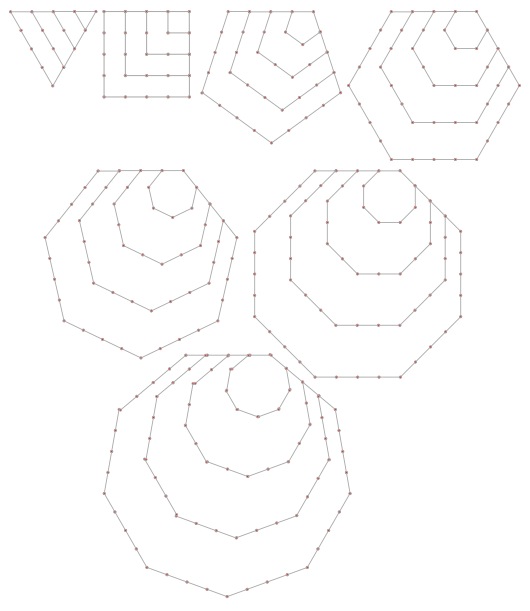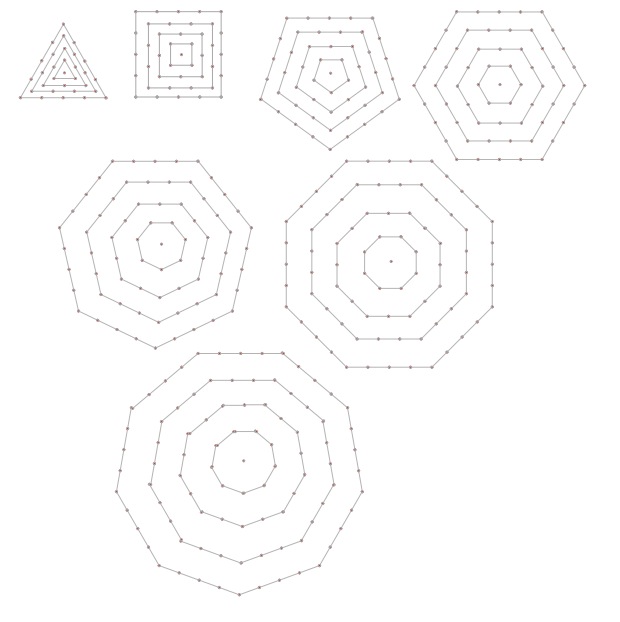Copyright © University of Cambridge. All rights reserved.
'Polygonals' printed from https://nrich.maths.org/
Show menu
Why do this problem?
This activity is specially designed for the highest-attaining pupils that you ever come across. It may act as a further extension to 3D Stacks as polygonal numbers can occur in that investigation. It's an activity that is intended to give opportunities for those pupils to explore more
deeply using their intuition and flair in the areas of both spatial awareness and number relationships and patterns.
Possible approach
As this is designed for the highest attaining, it might be presented as on the website or in a one-to-one situation, encouraging discussion between adult and pupil. The pupils may need access to a spreadsheet once many number results are being acquired.
Key questions
Tell me about what you have found?
Can you describe the ways that you arrived at these numbers?
How did you construct this on the spreadsheet you used?
Possible extension
If your pupils have investigated this very thoroughly they might like to look at Steps to the Podium and seek to find connections.



